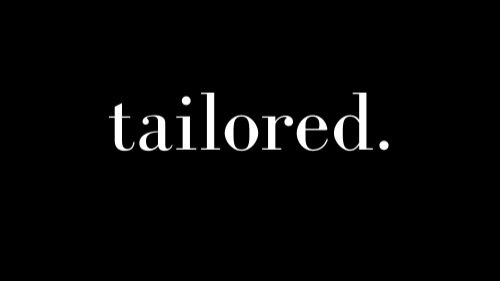Who (or what) cleans my clothes?
Hi friends!
A new month is upon us! The seasons are changing and you might be itching to make some changes to your wardrobe.
Whether you’re switching out your winter clothes for spring and summer or vice versa for those in the Southern Hemisphere, a step that we can easily overlook in the clothing switch is cleaning our clothes before we pack them away for the season.
Caring for our clothes helps them last longer and ensures they will be in good shape when we next want to wear them. For winter sweaters or silk summer dresses, that may mean a trip to the dry cleaner.
But how sustainable is dry cleaning? If we are sticking to the natural fibers, silk and wool, dry cleaning is often recommended. Aside from the extra resources of time and money to dry clean our pieces, do you know what dry cleaning involves or its effect on the planet?
To be completely honest, I didn’t either. I use an ‘eco-friendly’ dry cleaner but had not delved more deeply into the process itself … until now. Below I’m sharing my takeaways and suggestions for doing the best for our clothes, the planet, people and animals – as it relates to dry cleaning.
Dry cleaning (traditionally) is not actually dry at all! The traditional dry cleaning process soaks our garments in a toxic chemical, perc (perchloroethylene), and then dries them at high temperatures.
Perc, while still widely used by dry cleaners, is considered an environmental and health hazard by the United States Environmental Protection Agency (thespruce.com)
The most sustainable alternatives to dry cleaning with perc include wet cleaning and liquid carbon dioxide cleaning, which both do not use harmful chemicals (deep dive into these methods here).
Ask your dry cleaner what methods they use to clean your clothes and avoid DF-2000 hydrocarbon solvent (it is made from petroleum!) and siloxane or D-5.
My home state of California is leading the way with legislation related to dry cleaning and is committed to phasing out the use of perc by 2023.
Key message: as with most things fashion, we can vote with our money – ask the questions of your dry cleaners and aim to find one using wet cleaning and liquid CO2 methods.
The single use plastic (and sometimes wire hangers, although those can be returned to the dry cleaner for reuse) that comes along with dry cleaning is another important part of the process to consider when dry cleaning. Aim to save up your dry cleaning to be done in batches and ask that pieces are covered together in one plastic bag rather than individually.
I’m heading to the dry cleaner now to ask some questions…hope you will join me!
xo Kevin

